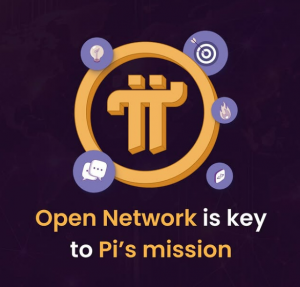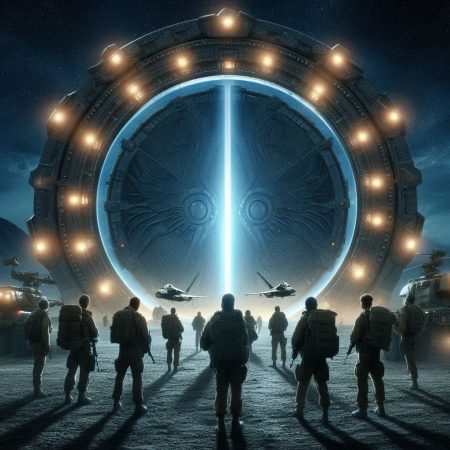Technology – supposed to be Israel’s saviour – proved to be its Achilles heel writes Satyen K. Bordoloi as he argues that tech should never be a proxy for a political solution.
The border with Gaza is supposed to be the most secure on the planet. It is guarded by an army of sensors, cameras, drones, humans, automatic weapons etc., all so advanced a bird couldn’t cross without being noticed. Then there was electronic intelligence with many believing it’s hard to find a phone in Gaza – despite just 2G network – that wasn’t under surveillance. Indeed, Israel’s surveillance technology is so famed, that it has become an industry and an integral part of their GDP.

(Image Credit: Instagram)
Yet, as Hamas launched an all-out offensive from Gaza into Israel and succeeded, the question on everyone’s mind was: how did they do it? How can 5G lose to 2G, drones to paragliders, billion dollars worth of security apparatus to simple bulldozers, bikes and cars to armoured vehicles and tanks? The sad offshoot of this disbelief is that social media is flooded with conspiracy theories, some even calling it a false flag operation considering what is happening benefits Israel’s extreme right-wing government (a documentary proving this isn’t far away). All this is because sometimes simple truths are hard to fathom: no technology is foolproof, it is idiotic to entirely rely on technology no matter how advanced, and a determined group of individuals can always find a way around the most advanced tech.
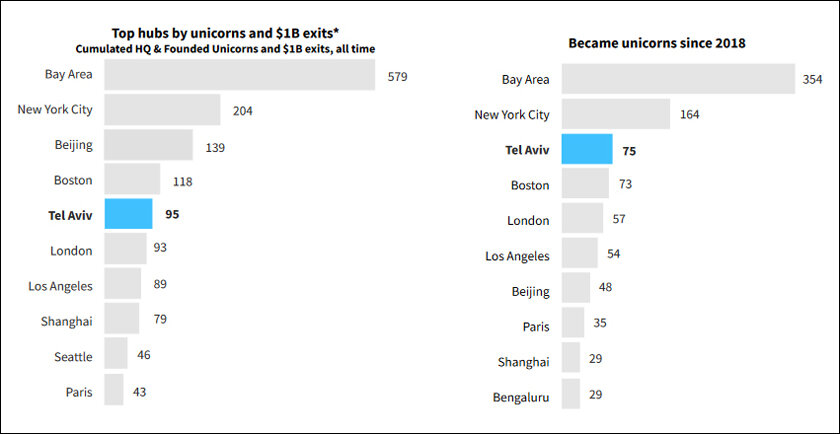
HOW TECH FAILED ISRAEL:
Tel Aviv ranks fifth in the world in producing unicorns i.e. billion-dollar startups. The major part of this ecosystem is security-based companies. Amsterdam-based analytics firm Dealroom.com which specializes in ‘data and intelligence on startups and tech ecosystems’ said in this report that security technology was Israel’s most funded tech sector.
The proof of Israel’s tech prowess is visible best on the 60 km Gaza border. Costing over $1 billion, it is often paraded as proof of its tech sector’s advancements. The skies are protected by the Iron Dome missile defence system. A newly erected wall went so deep underground that it negated the ability of anyone to dig their way in. And there was a complex network of drones, sensors and cameras that kept watch on Gaza. And to top it all it is believed that every phone in Gaza was being snooped upon using technology similar to NSO’s Pegasus that created a political scandal in India in 2019. How did Hamas still manage to infiltrate it? The answer is as weird as it is simple.
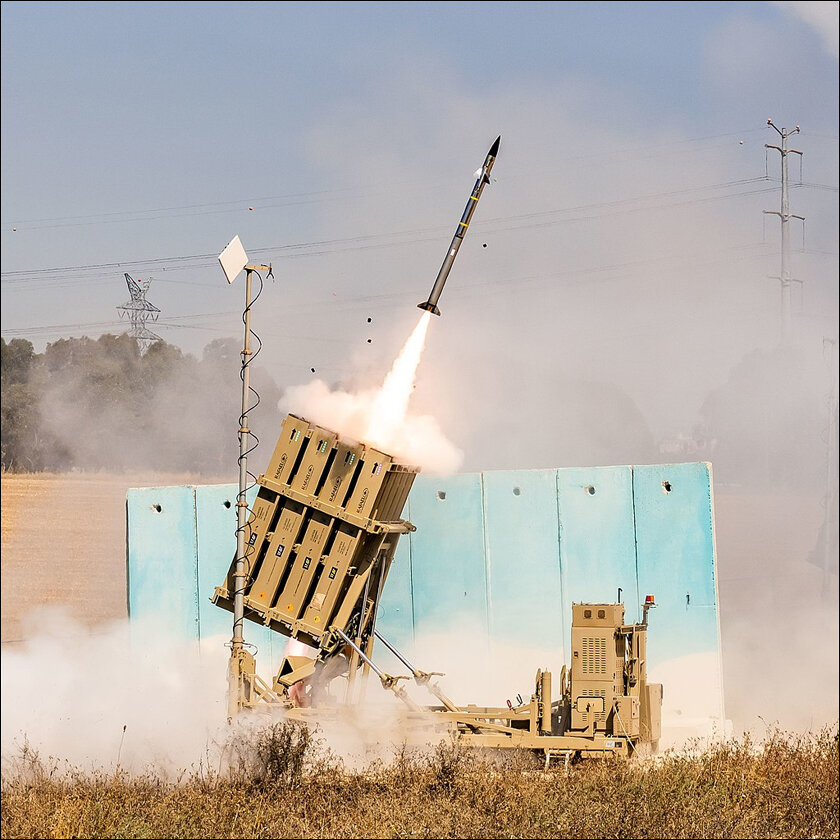
Israel was expecting rockets, which came, but as a distraction to allow humans to break through in ground offensives using bulldozers. The wall that went deep proved futile because cheap paragliders proved efficient in jumping it. Israel was expecting mobile surveillance to give them a hint that something was up, but it seems Hamas relied on the oldest form of communication: face-to-face conversation. Israel allowed Gaza only a 2G network, indirectly making it their own Achilles heel because the more sophisticated the mobiles, the better snooping works. Israel thought their Iron Dome system could protect them. But 5000 rockets fired in 20 minutes overwhelmed the Iron Dome. Each missile of the Iron Dome intercept costs $50,000, but the crude rockets Hamas fired cost $300 to $800. The cameras on the border looked at Gaza and not inwards.
The famed surveillance drones never flew because Hamas first attacked those army establishments which housed their operators. A quote by Israeli tech journalist Assaf Gilead for Politico summed it up best: “The most common question is, where were the Israeli surveillance drones? The answer is everyone who should have called those drones was already dead.”
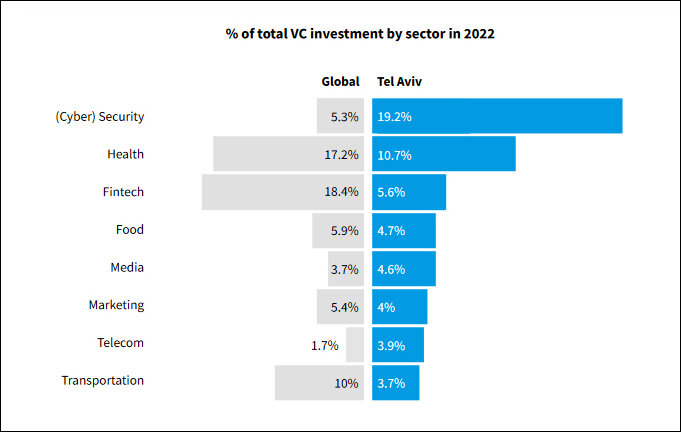
The simple fact is this: Israel was prepared for lone wolf attacks, classic sabotage methods, or conventional war. They weren’t ready for such a highly coordinated asymmetric warfare. Israel succeeded in preventing thousands of previous attacks. Yet, what worked against them is a fundamental rule an army officer once told me: “In asymmetric warfare, you have to succeed every single time, the enemy only once.”
Israel’s greatest mistake was pride and hubris over their tech and military superiority. One must never underestimate the power of a group of humans determined to do something – either good or evil. Israel itself is proof of that. Conceptualised over a hundred years ago, the idea of a nation for Jews was given shape by a few thousand over the next 50 years. In 1947 the state of Israel was formed by European powers against the wishes of locals living there. Since then – by hook or crook – Israel has expanded into areas where there wasn’t an inch of Israel before 1947. It gradually grew to occupy most of what was Palestine. The level of determination, manipulation and mal-intention towards the Palestinians made Israel what it is today, just like Hamas’ determination, manipulation and mal-intention made the brutal massacre real.

(Image Credit: Al Jazeera)
REPURCUSSIONS & LESSONS:
The biggest danger to Israel today, is not Hamas. Firstly, Hamas does not represent all of Palestine, not even all of Gaza. Their ideology of violence and unwillingness to concede any ground and destroy Israel is at odds with how the world works today. And by carrying out this attack, they have signed off their own death warrant. The greatest fallout and the greatest danger to Israel from this attack will be on the tech sector and its economy. If a large part of your GDP relies on your tech startup whose prime component are security and surveillance companies, all of whom failed in a spectacular fashion, it means your reputation is tarnished horribly. Nations might be afraid to buy from Israel going forward.
But did the tech sector really fail? Not really. The failure that caused this attack, was political, not technological no matter how much we make the latter a scapegoat. It is not that Israel itself has not genuinely tried in the past for a peaceful solution. Or that Palestine hasn’t. Yet, for the most part, especially in the last couple of years when internal political unrest has been rife and current PM Netanyahu had been pushing the nation to the extreme Right, Israel had become complacent, stopped searching for an amicable solution, and stopped considering the brutality it commits, for example, on the children of Palestine whom they have been accused of arresting, prisoning, torturing and killing against all human rights conventions. Each brutality feeds the next. The solution is not to take an eye for an eye. It is for the stronger party to absorb a little pain for greater peace and security not just of their own people, but also of the ones they may consider their ‘enemy’.
The most important lesson though is to never pit technology against human ingenuity because humans will eventually win.
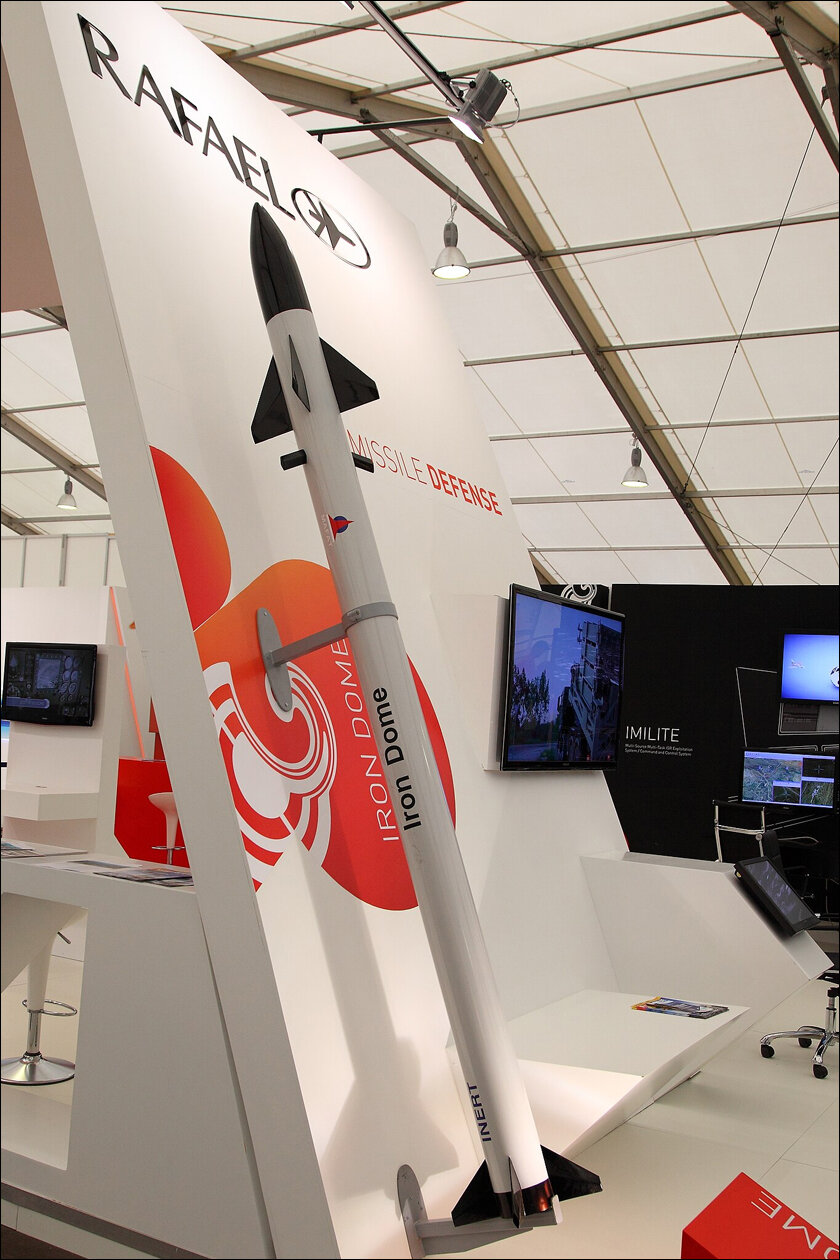
(Image Credit: Wikipedia)
There are important lessons for every nation in the world that is fighting rebellion – internal or external. The modern developments in science and technology give us bluster and confidence. Doing that we forget that technology can never be a substitute for humanity, to talk with one another to resolve disputes. It is particularly sobering for powerful nations to not get too complacent in the security of their power, and to maintain humility in dealing with problems and rebellions. Never forget that no matter what happens, war is never inevitable; peace should always be.
No matter how many women and children Israel now kills by its bombardment of Gaza – trying to outshine the brutality of Hamas to quench its lust for vengeance – it will not bring the over 1300 that died because of Israel’s lapses. Continuing to rely solely on technology again, will only antagonise more people who could strike again in the future in unexpected ways.
People’s grievances can almost always be solved politically, socially, culturally, economically and diplomatically. No nation can silo themselves into thinking that technology will protect them. Human beings will always overcome technology. This horrific attack on Israel is a lesson to the world that we cannot rely on brute force to subjugate a people. That peace and justice should be the domain of the whole world in every conflict area. Technology can go only so much. And let’s not forget that humans have created all this technology and we are the ones who will be able to get over those technological limitations or know how to sidestep them. No matter how advanced your defence system is, it is not without its exploitable limits.
Yet the most important lesson of it all, one that bears repeating again and again is this: war is never inevitable; peace should always be.
In case you missed:
- When AI Meets Metal: How the Marriage of AI & Robotics Will Change the World
- Tears of War: Science says women’s crying disarm aggressive men
- The Rise of Personal AI Assistants: Jarvis to ‘Agent Smith’
- AIoT Explained: The Intersection of AI and the Internet of Things
- Rise of the Robolympics: When R2-D2 Meets Rocky Balboa
- 9 new ways to power data centers: the unthinkable to the absurd
- Why a Quantum Internet Test Under New York Threatens to Change the World
- Kodak Moment: How Apple, Amazon, Meta, Microsoft Missed the AI Boat, Playing Catch-Up
- PSEUDO AI: Hilarious Ways Humans Pretend to be AI to Fool You
- A Data Centre on the Moon – From Sci-Fi to Necessity
